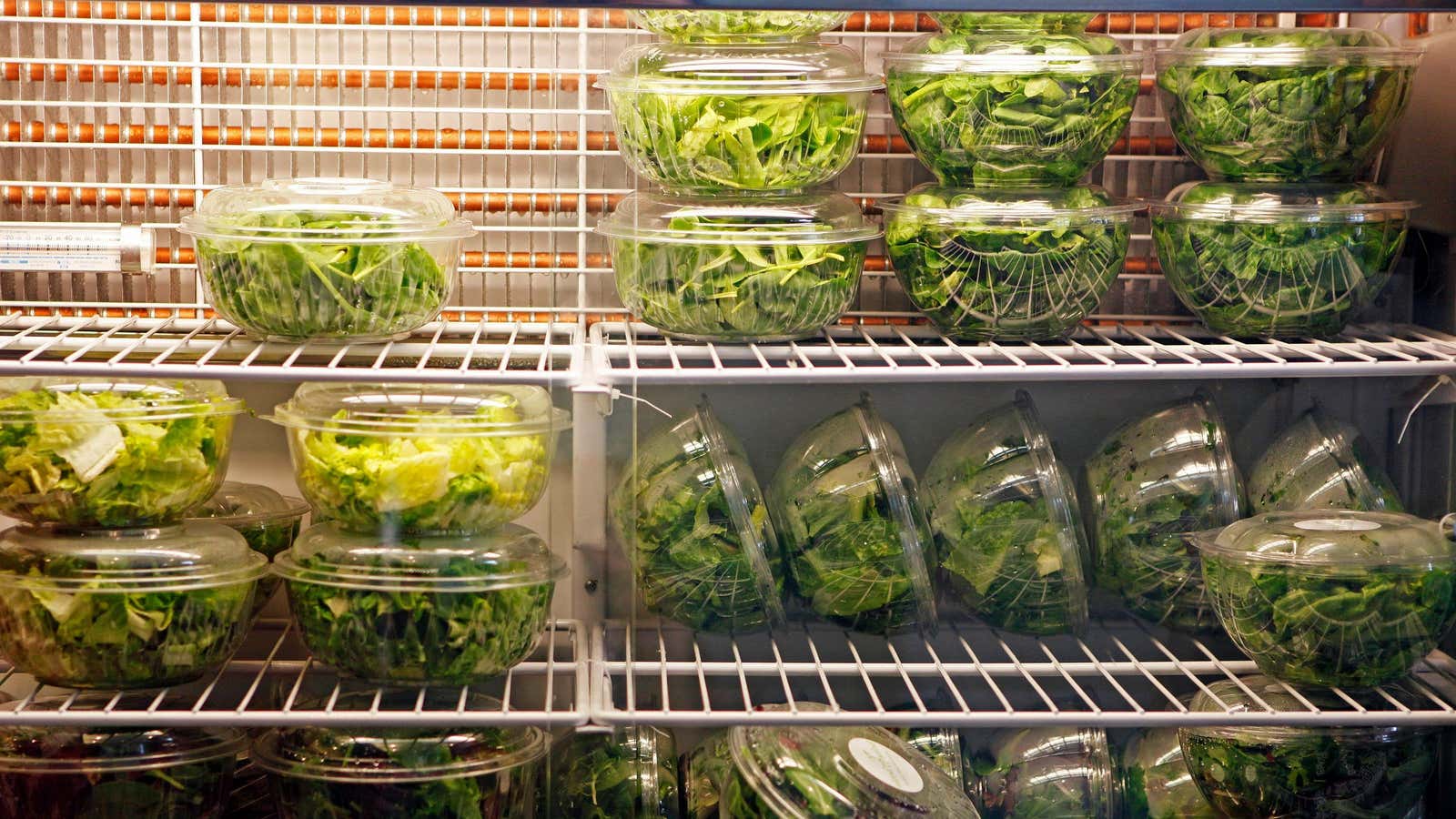

Articles
How To Store Chopped Kale
Modified: February 28, 2024
Learn the best techniques for storing chopped kale with our helpful articles. Keep your kale fresh and ready for use whenever you need it.
(Many of the links in this article redirect to a specific reviewed product. Your purchase of these products through affiliate links helps to generate commission for Storables.com, at no extra cost. Learn more)
Introduction
When it comes to incorporating healthy greens into our diets, kale is often at the top of the list. Packed with essential vitamins, minerals, and antioxidants, kale is a nutritional powerhouse that can be enjoyed in various recipes. However, once kale is chopped, it requires proper storage to maintain its freshness and nutritional value.
Storing chopped kale correctly is crucial to prevent it from wilting, developing a bitter taste, or losing its vibrant color. By following the right storage methods, you can extend the shelf life of chopped kale and have it readily available for your favorite dishes, whether it’s a refreshing salad or a hearty stir-fry.
In this article, we will explore the best ways to store chopped kale to ensure its quality and freshness. We will cover methods for refrigerating, freezing, and even blanching and freezing chopped kale for long-term storage. Additionally, we’ll provide some useful tips to help you make the most of your chopped kale and answer some common questions about its storage.
So, if you’re ready to learn how to keep your chopped kale at its best, let’s dive into the details of proper storage methods and tips to help you maintain the freshness and nutritional benefits of this leafy green vegetable.
Key Takeaways:
- Properly storing chopped kale is essential to maintain its freshness, flavor, and nutrients. Refrigerating, freezing, or blanching and freezing are effective methods for short-term or long-term storage, allowing you to enjoy kale’s benefits in various dishes.
- By following the best storage methods and tips, you can extend the shelf life of chopped kale, minimize food waste, and enjoy its vibrant color, flavor, and nutritional benefits in a variety of delicious dishes. Practice proper storage techniques to make the most of your chopped kale.
Read more: How To Store Kale
Why Proper Storage of Chopped Kale is Important
Properly storing chopped kale is essential for several reasons. Firstly, kale is a delicate leafy green that tends to wilt easily once it’s cut. By storing it properly, you can extend its shelf life and maintain its crisp texture and vibrant color.
Secondly, kale contains valuable nutrients such as vitamins A, C, and K, as well as minerals like calcium and iron. These nutrients are important for maintaining good health and can be compromised if the kale is not stored correctly. Therefore, it’s crucial to store chopped kale in a way that preserves its nutritional value.
Furthermore, storing kale properly helps to prevent the growth of harmful bacteria. When kale is chopped, its surface area increases, making it more susceptible to bacterial contamination. By following the right storage methods, you can minimize the risk of foodborne illnesses and ensure the safety of your meals.
Proper storage also helps to reduce food waste. When kale wilts or becomes spoiled, it often ends up being thrown away. By storing chopped kale correctly, you can prevent unnecessary waste and make the most of your fresh produce.
In summary, storing chopped kale properly is important to maintain its freshness, preserve its nutrients, prevent bacterial growth, and reduce food waste. By following the storage methods and tips outlined in this article, you can enjoy the benefits of this nutritious green for longer periods and make the most of your culinary creations. So let’s explore the best methods for storing chopped kale and how to implement them effectively.
Best Storage Methods for Chopped Kale
To keep your chopped kale fresh and flavorful, there are three primary storage methods to consider: refrigerating, freezing, and blanching and freezing. Each method is suitable for different storage durations, allowing you to choose the option that best fits your needs.
1. Refrigerating Chopped Kale: Refrigeration is the most common and convenient method for short-term storage of chopped kale. To refrigerate your kale, follow these steps:
- Place the chopped kale in a clean, airtight container or a resealable plastic bag.
- Press down gently on the kale to remove any excess air and close the container or bag tightly.
- Store the container or bag in the refrigerator’s crisper drawer or on a shelf.
Refrigerated chopped kale can stay fresh for up to five days. However, it’s best to consume it within the first three days to enjoy optimal flavor and texture.
2. Freezing Chopped Kale: Freezing is an excellent option for long-term storage when you have more kale than you can use in a short period. Here’s how to freeze your chopped kale:
- Wash the kale thoroughly and remove any tough stems.
- Blot the kale dry using a clean kitchen towel or paper towels.
- Chop the kale into desired sizes or leave it whole.
- Spread the chopped kale or kale leaves on a baking sheet lined with parchment paper and place it in the freezer.
- Once the kale is frozen, transfer it to freezer-safe bags or airtight containers. Remove as much air as possible before sealing.
Frozen chopped kale can maintain its quality for several months. However, for the best flavor and texture, try to use it within 6-8 months.
3. Blanching and Freezing Chopped Kale: Blanching kale before freezing helps preserve its color, flavor, and nutritional value. Follow these steps:
- Wash the kale thoroughly and remove any tough stems.
- Submerge the kale in a large pot of boiling water for about 2 minutes.
- Quickly transfer the blanched kale into a bowl of ice water to stop the cooking process.
- Drain the kale well and pat it dry with a kitchen towel or paper towels.
- Chop the blanched kale and follow the freezing steps mentioned earlier.
By blanching kale before freezing, you can maintain its vibrant green color and crisp texture. Properly stored, blanched and frozen kale can last up to 12 months.
Now that you know the best methods for storing chopped kale, let’s explore some essential tips to help you maximize the shelf life and quality of your kale in the next section.
Method 1: Refrigerating Chopped Kale
Refrigerating chopped kale is a simple and effective way to keep it fresh for a few days. Follow these steps to properly refrigerate your chopped kale:
- Start by washing the kale under cold water to remove any dirt or debris. Shake off excess water or gently pat it dry with a clean kitchen towel.
- Remove the tough stems from the kale leaves, as they can be tough and fibrous to eat.
- Chop the kale leaves into your desired size. You can opt for bite-sized pieces for salads or slightly larger pieces for cooking.
- Place the chopped kale in a clean, airtight container or a resealable plastic bag. Alternatively, you can use a produce storage bag specifically designed for leafy greens.
- Press down gently on the kale to remove any excess air from the container or bag. This will help prevent wilting.
- Close the container or bag tightly to create a seal.
- Store the container or bag in the refrigerator’s crisper drawer or on a shelf.
Refrigerating chopped kale can keep it fresh for up to five days, although it’s best to consume it within the first three days for the best flavor and texture. If you notice any signs of wilting or discoloration, use the kale as soon as possible to prevent further deterioration.
Remember, refrigeration slows down the wilting process but does not completely prevent it. Therefore, it’s essential to check the kale regularly and use it before it becomes limp or develops a bitter taste.
Refrigerated chopped kale is versatile and can be used in various dishes. Add it to salads, wraps, or sandwiches for a fresh and nutritious boost. You can also sauté or steam it as a side dish or incorporate it into soups, stews, and stir-fries for added nutrients and texture.
Now that you know how to refrigerate chopped kale, let’s explore the next method: freezing chopped kale for long-term storage.
Method 2: Freezing Chopped Kale
If you have an abundance of kale and want to preserve it for a longer period, freezing chopped kale is an excellent option. Freezing helps retain the nutritional value of kale and allows you to enjoy it even when it’s out of season. Follow these steps to properly freeze your chopped kale:
- Begin by washing the kale leaves thoroughly under cold water to remove any dirt or debris. Shake off any excess water or gently pat it dry with a clean kitchen towel.
- Remove the tough stems from the kale leaves as they can be tough and fibrous.
- Chop the kale leaves into desired sizes. You can chop them into bite-sized pieces for convenience or leave them in larger pieces if preferred.
- Prepare a baking sheet by lining it with parchment paper. This will prevent the chopped kale from sticking to the sheet.
- Spread out the chopped kale in a single layer on the prepared baking sheet. Make sure the pieces are not touching each other to prevent them from sticking together during freezing.
- Place the baking sheet with the kale in the freezer and let it freeze completely. This will usually take around 2-3 hours, depending on the thickness of the pieces.
- Once the kale is completely frozen, transfer it to freezer-safe bags or airtight containers. Label the bags or containers with the date to keep track of their freshness.
- Remove as much air as possible from the bags or containers before sealing them tightly. This will help prevent freezer burn and maintain the quality of the frozen kale.
- Return the bags or containers to the freezer and store them for future use.
Frozen chopped kale can maintain its quality for several months. It’s best to use it within 6-8 months for the best flavor and texture. However, frozen kale is safe to eat indefinitely as long as it has been stored properly and hasn’t shown any signs of freezer burn or deterioration.
Frozen kale is extremely versatile and can be used in a variety of dishes. Add it to smoothies, soups, or stews to boost the nutritional content. You can also sauté or steam the frozen kale as a side dish, or incorporate it into casseroles and pasta dishes for added color and nutrients.
Freezing chopped kale is a great way to make the most of your excess supply and enjoy the benefits of this nutritious green throughout the year. Now, let’s explore the next method: blanching and freezing chopped kale for optimal storage.
Store chopped kale in an airtight container or resealable bag with a paper towel to absorb excess moisture. Keep it in the refrigerator and use within 3-4 days for the best quality.
Read more: How To Store Kale In Fridge
Method 3: Blanching and Freezing Chopped Kale
Blanching and freezing chopped kale is an excellent method for preserving its vibrant color, flavor, and nutritional value. Blanching involves briefly boiling the kale before freezing to deactivate enzymes that can cause loss of color and texture. Follow these steps to blanch and freeze your chopped kale properly:
- Start by washing the kale leaves thoroughly under cold water to remove any dirt or debris. Shake off any excess water or gently pat it dry with a clean kitchen towel.
- Remove the tough stems from the kale leaves as they can be tough and fibrous. Cut or tear the leaves into suitable sizes.
- Prepare a large pot of boiling water. Fill it about two-thirds full. You may add some salt to enhance the flavor, but this is optional.
- Submerge the kale leaves into the boiling water and blanch them for about 2 minutes. This blanching process will help inactivating enzymes and preserving the kale’s color and texture.
- While the kale is blanching, prepare an ice bath in a large bowl or sink by filling it with cold water and adding ice cubes.
- After 2 minutes, use a slotted spoon or tongs to transfer the blanched kale leaves into the ice bath. This will quickly cool them down and stop the cooking process.
- Keep the kale in the ice bath for a couple of minutes until it is completely cooled down.
- Once cooled, drain the kale well to remove any excess water. You can gently squeeze the leaves to remove more moisture, but be careful not to damage them.
- Spread the blanched and drained kale on a baking sheet lined with parchment paper. Make sure the kale leaves are in a single layer and not touching each other.
- Place the baking sheet with the kale in the freezer and let it freeze completely. This will usually take around 2-3 hours.
- Once frozen, transfer the kale to freezer-safe bags or airtight containers.
- Label the bags or containers with the date and return them to the freezer.
Blanched and frozen chopped kale can maintain its quality for up to 12 months. You can use it in various recipes, such as soups, stews, smoothies, or sautés, to enjoy the nutritional benefits of kale throughout the year.
Remember, blanching helps to retain kale’s vibrant green color and texture, making it an excellent choice for long-term storage. Whether you have an overabundance of kale or want to stock up for future use, blanching and freezing chopped kale is an effective method to preserve its freshness and nutritional value.
Now that you know how to blanch and freeze chopped kale, you can confidently store your surplus kale and enjoy its benefits in your favorite recipes. In the next section, we will provide some additional tips to help you make the most out of your stored kale.
Tips for Storing Chopped Kale
To ensure the best results when storing chopped kale, here are some helpful tips to keep in mind:
- Use fresh and high-quality kale: Start with fresh kale leaves that are vibrant in color and have crisp texture. High-quality kale will store better and maintain its flavor and nutrients.
- Wash and dry the kale thoroughly: Before chopping or storing kale, make sure to wash it under cold water to remove any dirt or debris. Dry the leaves thoroughly, either by shaking off excess water or gently patting them dry with a clean kitchen towel.
- Remove tough stems: The tough stems of kale can add a woody texture to your dishes and are best removed before storing or cooking. Cut or tear the leaves away from the stems to improve the overall taste and texture of the kale.
- Utilize airtight containers or bags: Whether refrigerating or freezing chopped kale, it’s important to store it in airtight containers or resealable plastic bags. This helps to maintain freshness, prevent wilting, and protect the kale from absorbing odors from other foods in the refrigerator or freezer.
- Remove excess air: When storing kale, try to press down gently on the container or bag to remove as much air as possible. Excess air can contribute to wilting and deterioration of the kale.
- Label and date: When storing kale in the freezer, it’s a good practice to label the containers or bags with the date. This will help you keep track of its storage duration and ensure you use the oldest kale first.
- Use an ice bath for blanching: When blanching kale, quickly transfer the blanched leaves to an ice bath to cool them down and halt the cooking process. This helps preserve the kale’s vibrant color and crisp texture.
- Monitor for signs of spoilage: Regularly check your stored kale for any signs of spoilage, such as wilting, discoloration, or an off odor. If you notice any of these signs, it’s best to discard the kale to avoid any unpleasant taste or foodborne illnesses.
By following these tips, you can extend the shelf life of chopped kale and ensure its optimal flavor, texture, and nutritional value. Proper storage techniques will help you make the most out of your fresh kale and minimize food waste.
Now that you have gained knowledge of the best storage methods and tips, you can confidently store your chopped kale and enjoy its health benefits in a variety of dishes. In the next section, we will address some frequently asked questions (FAQs) about storing chopped kale.
Frequently Asked Questions (FAQs)
Here are some commonly asked questions about storing chopped kale:
-
Can I store whole kale leaves instead of chopping them?
Yes, you can store whole kale leaves if you prefer. However, chopping kale allows for easier portioning and faster cooking or preparation. Chopped kale also tends to wilt more quickly than whole leaves, so be mindful of that when deciding how to store it. -
Can I store kale with other vegetables?
While it is possible to store kale with other vegetables, it’s generally recommended to keep kale separate from others. Kale produces ethylene gas as it ripens, which can accelerate the spoilage of other produce. Keep kale in a separate container or bag to maintain its freshness and prevent it from affecting other vegetables. -
Can I freeze kale without blanching it?
Although blanching kale before freezing helps maintain its color, texture, and nutrients, you can freeze raw kale without blanching it if desired. However, keep in mind that the color and texture may be slightly compromised, and the kale may be better suited for cooking rather than salads or raw preparations. -
How long does frozen kale last?
When properly stored, frozen kale can maintain its quality for up to 8-12 months. However, it’s best to consume it within 6-8 months for the best flavor and texture. -
Can I freeze kale that has already been cooked?
Yes, you can freeze cooked kale. Let it cool completely before transferring it to freezer-safe containers or bags. Be aware that the texture may slightly change upon thawing, so it’s best to use previously cooked kale in dishes where texture is less important, such as soups or stews.
If you have any other questions or concerns about storing chopped kale, feel free to seek expert advice or consult reliable sources for more information.
With these FAQs answered, you now have a comprehensive understanding of how to store chopped kale properly. In the concluding section, we will summarize the key points discussed in this article and emphasize the importance of proper storage techniques for maintaining the quality and freshness of chopped kale.
Conclusion
Properly storing chopped kale is crucial to maintain its freshness, flavor, and nutritional value. Whether you choose to refrigerate, freeze, or blanch and freeze your chopped kale, each method offers its own benefits for short-term or long-term storage.
Refrigerating chopped kale is the simplest method for preserving it for a few days. Make sure to store it in airtight containers or bags, and consume it within five days for optimal freshness. Freezing chopped kale is an excellent option for long-term storage. By spreading the chopped kale on a baking sheet and freezing it before transferring to freezer-safe bags or containers, you can enjoy its nutritional benefits for up to 8-12 months.
Blanching and freezing chopped kale provides the added benefit of preserving its vibrant color and minimizing nutrient loss. By blanching it briefly in boiling water and then cooling it in an ice bath, you can retain its crisp texture and green hue before freezing.
In addition to the storage methods, following a few essential tips will help you get the most out of your chopped kale. Use fresh and high-quality kale, remove tough stems, and store it in airtight containers or bags. Label and date your frozen kale for easy identification, and monitor it regularly for any signs of spoilage.
Now that you have a comprehensive understanding of proper storage techniques for chopped kale, you can confidently incorporate this nutrient-rich green into your meals all year round. Whether you’re adding it to salads, soups, or stir-fries, properly stored kale will retain its vibrant color, flavor, and nutritional benefits.
Remember, proper storage techniques not only help maintain the quality and freshness of your chopped kale, but they also minimize food waste and allow you to enjoy this versatile ingredient in a variety of delicious dishes.
So, practice these storage methods, follow the tips, and make the most of your chopped kale. Bon appétit!
Frequently Asked Questions about How To Store Chopped Kale
Was this page helpful?
At Storables.com, we guarantee accurate and reliable information. Our content, validated by Expert Board Contributors, is crafted following stringent Editorial Policies. We're committed to providing you with well-researched, expert-backed insights for all your informational needs.
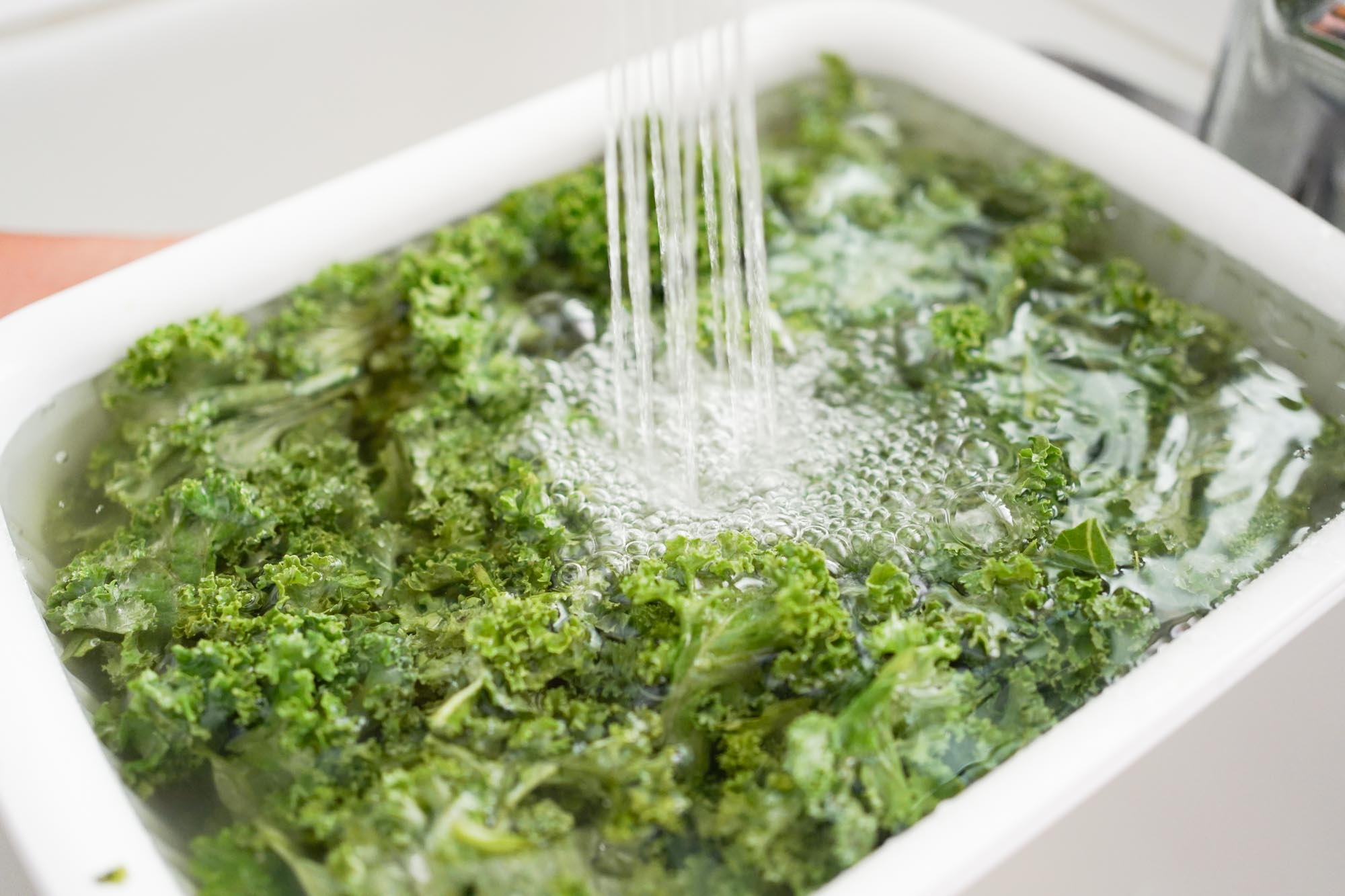
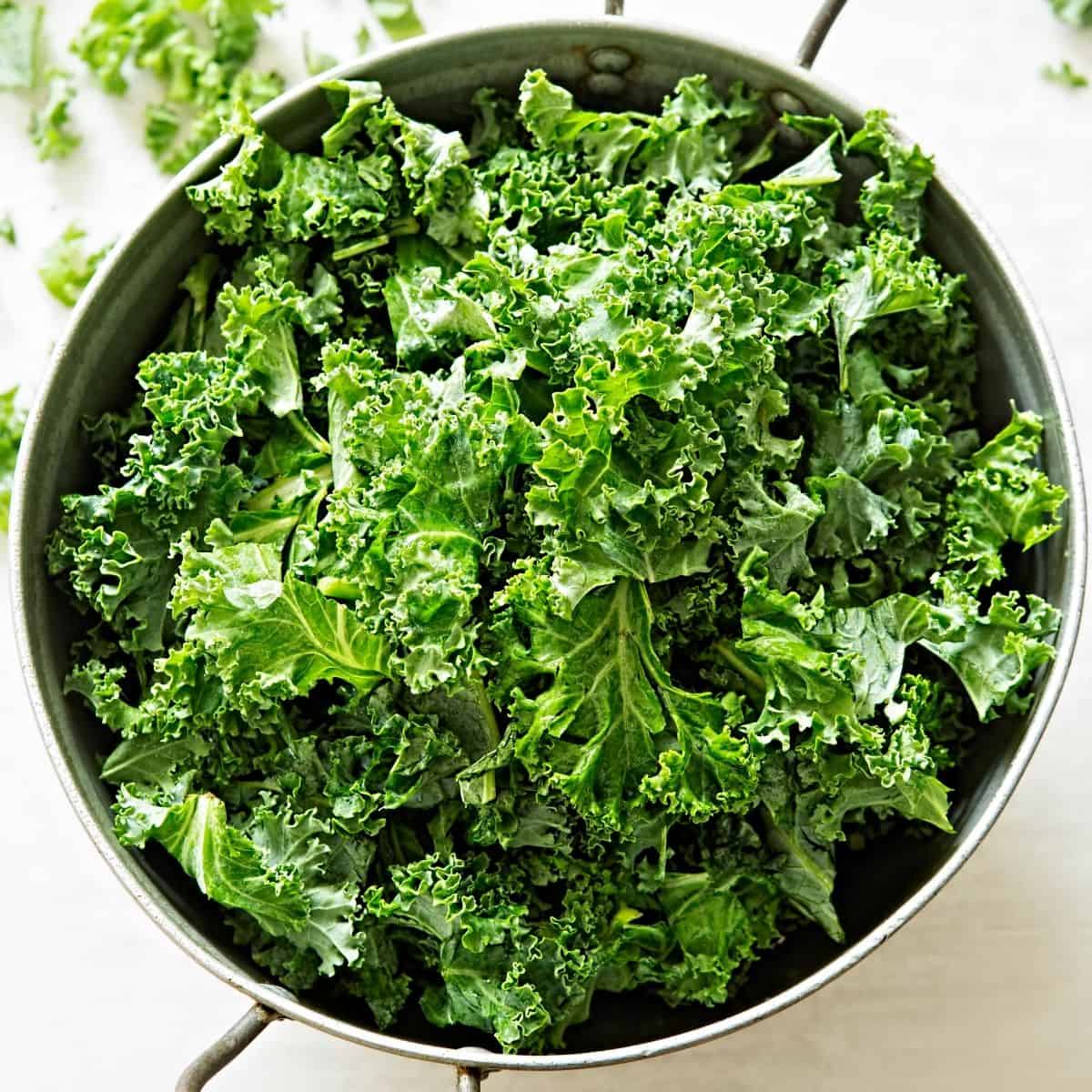
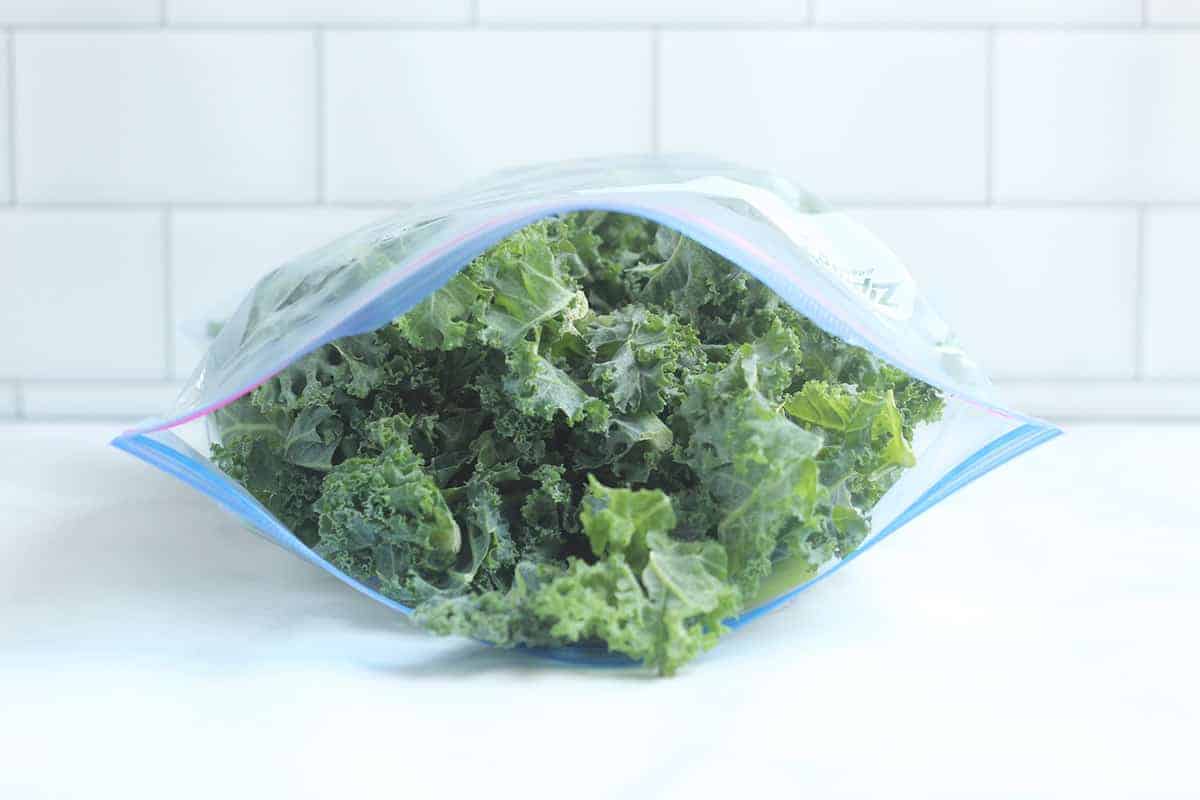
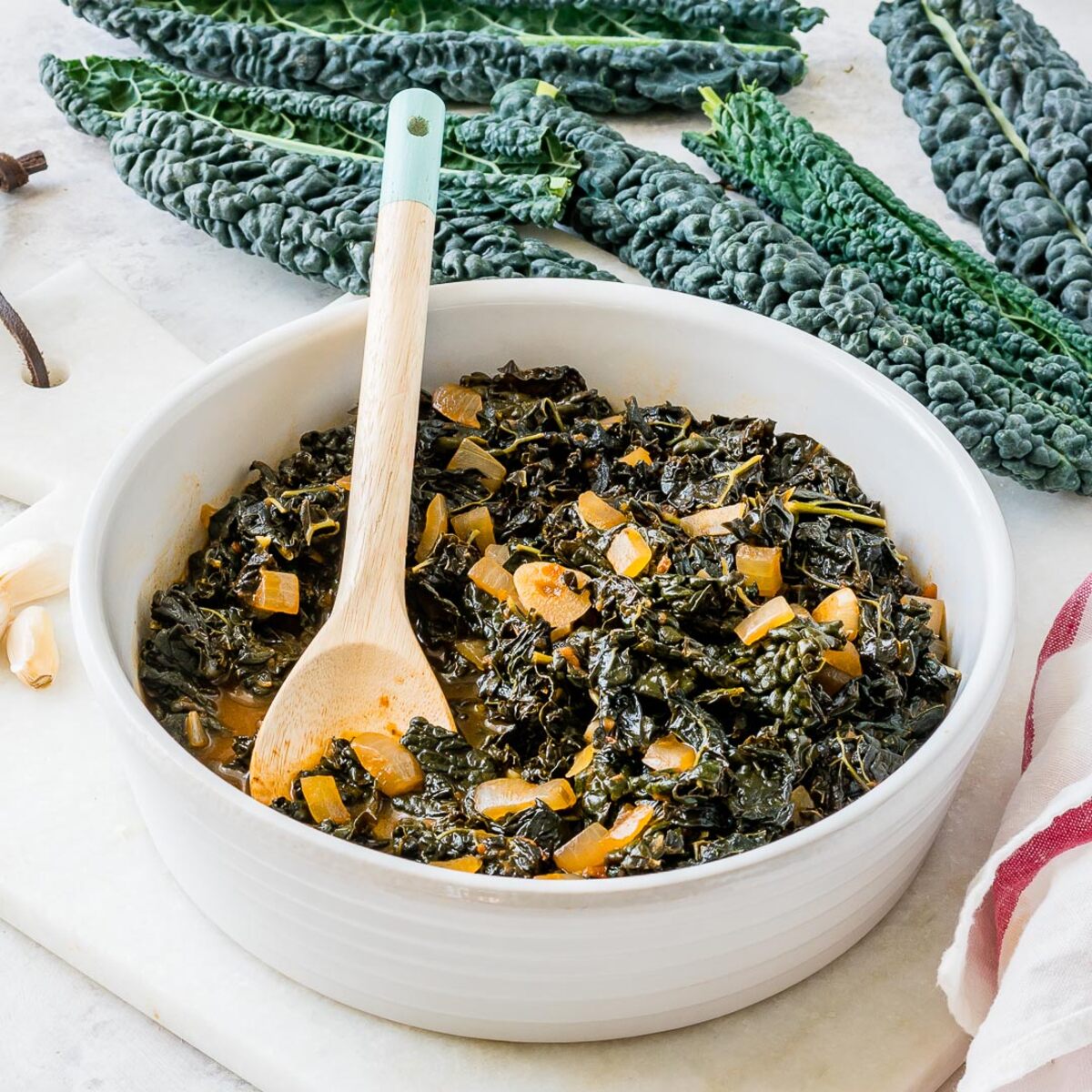
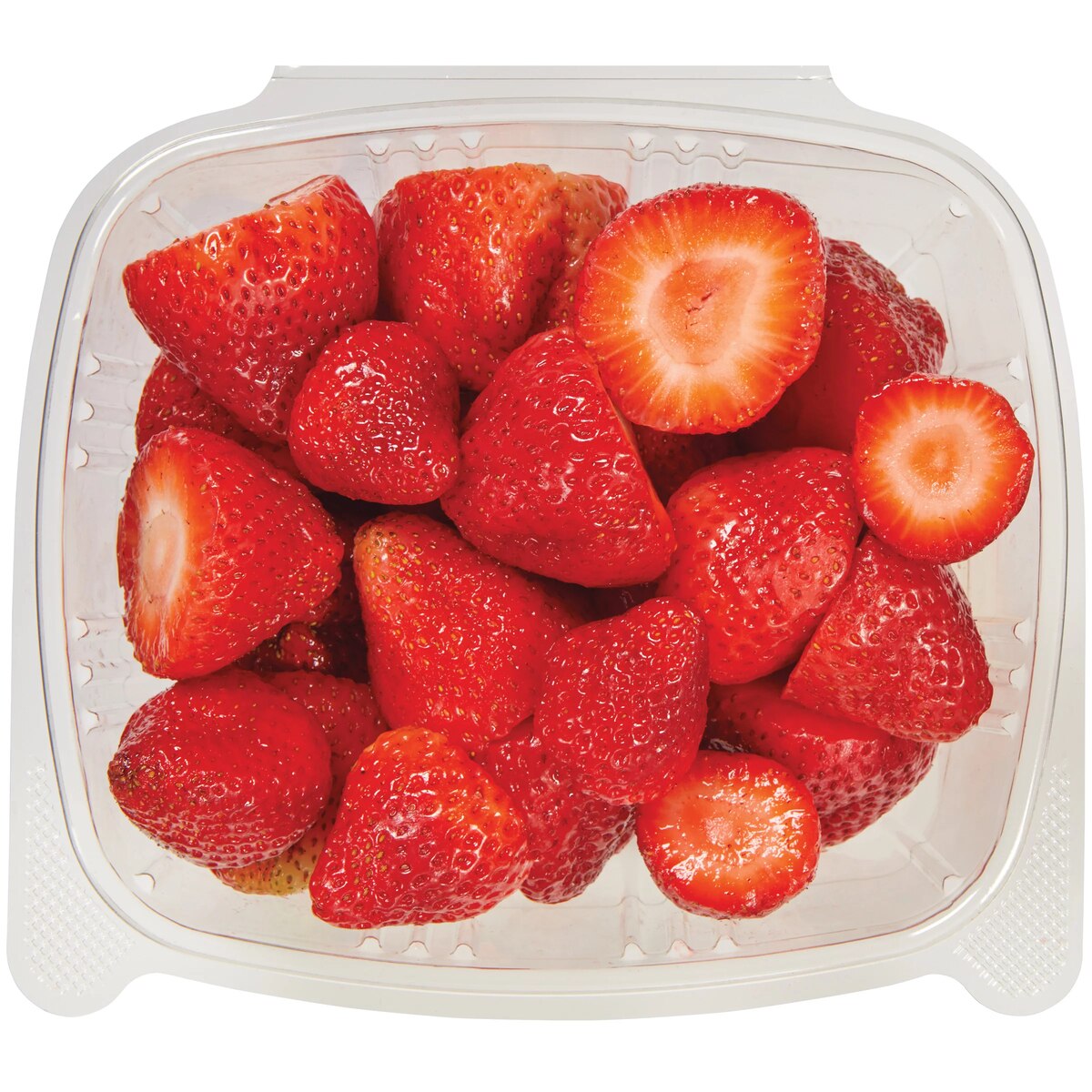
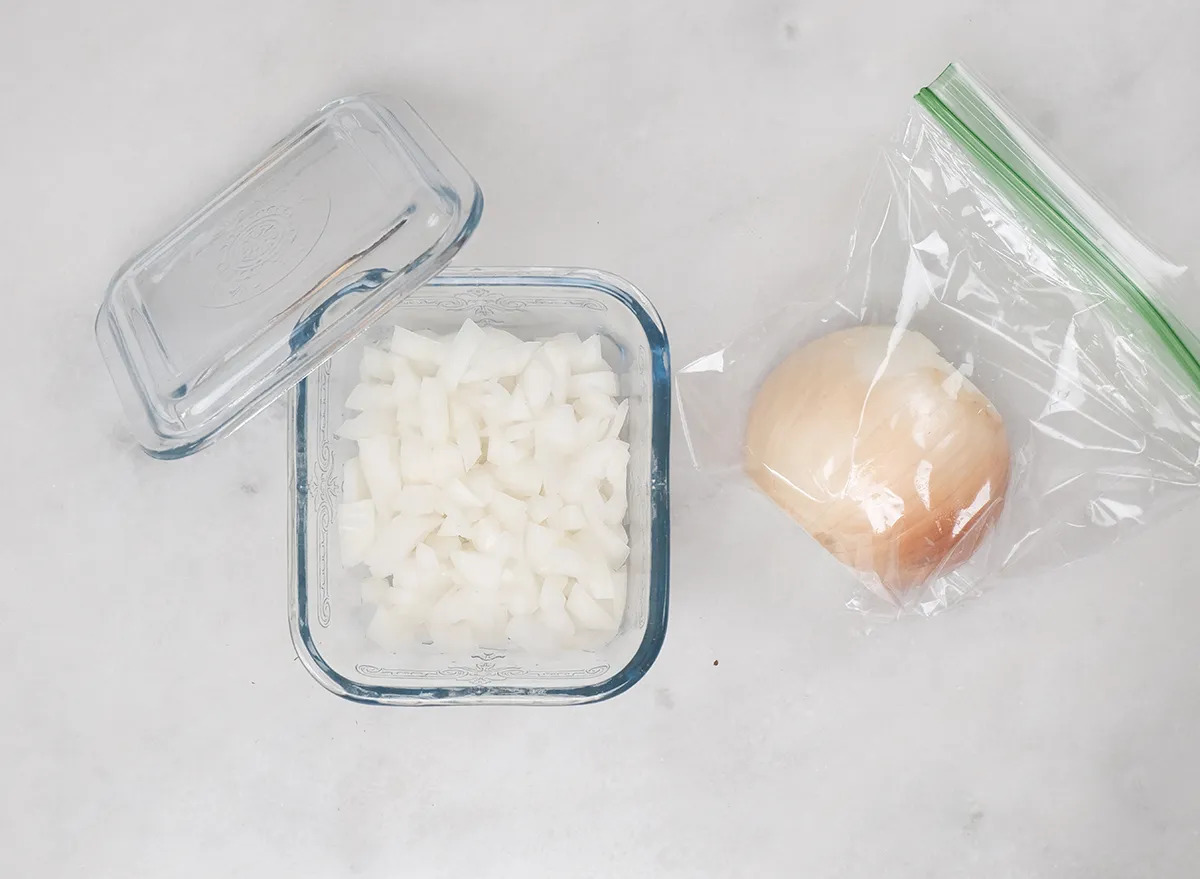
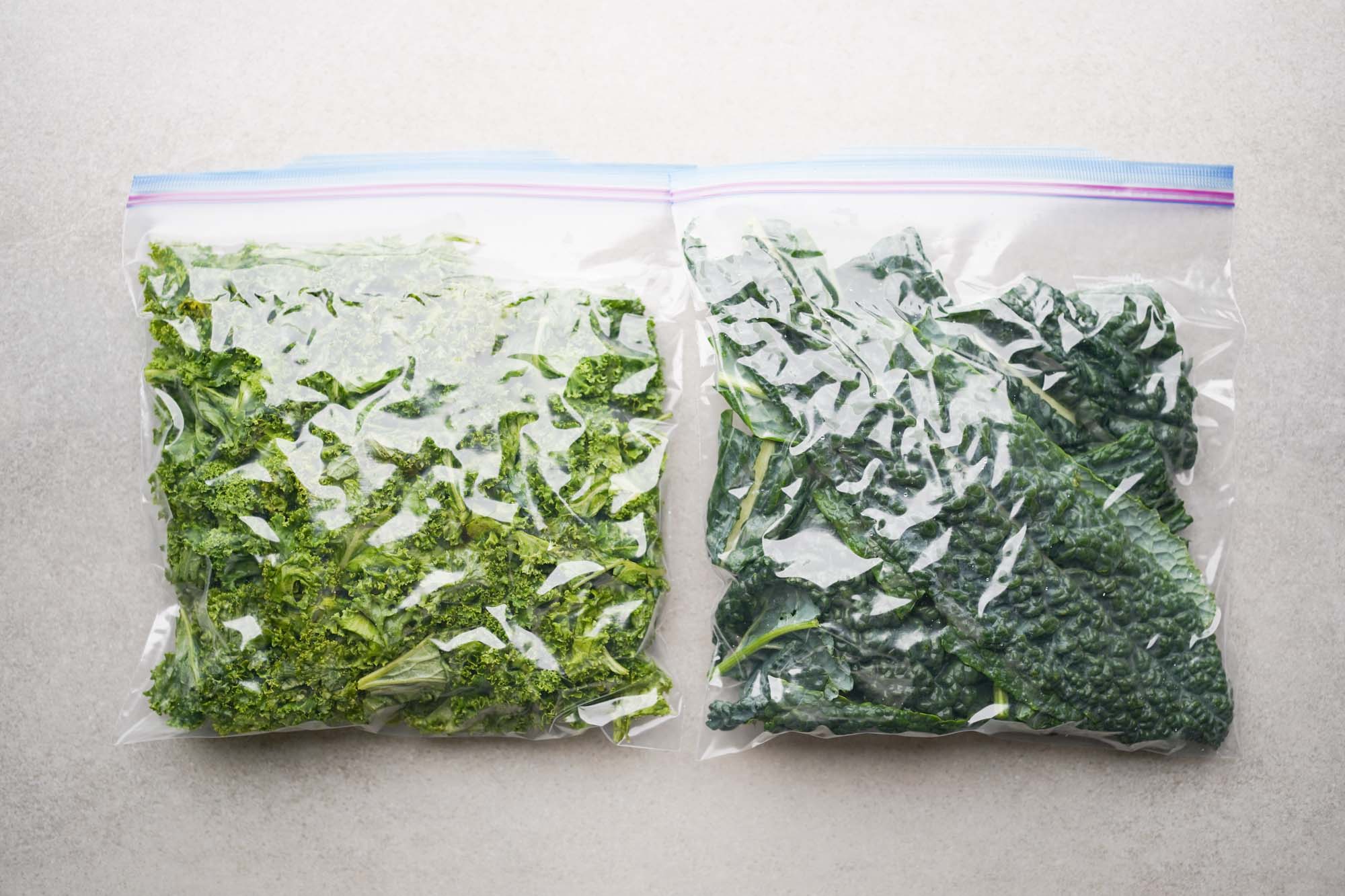
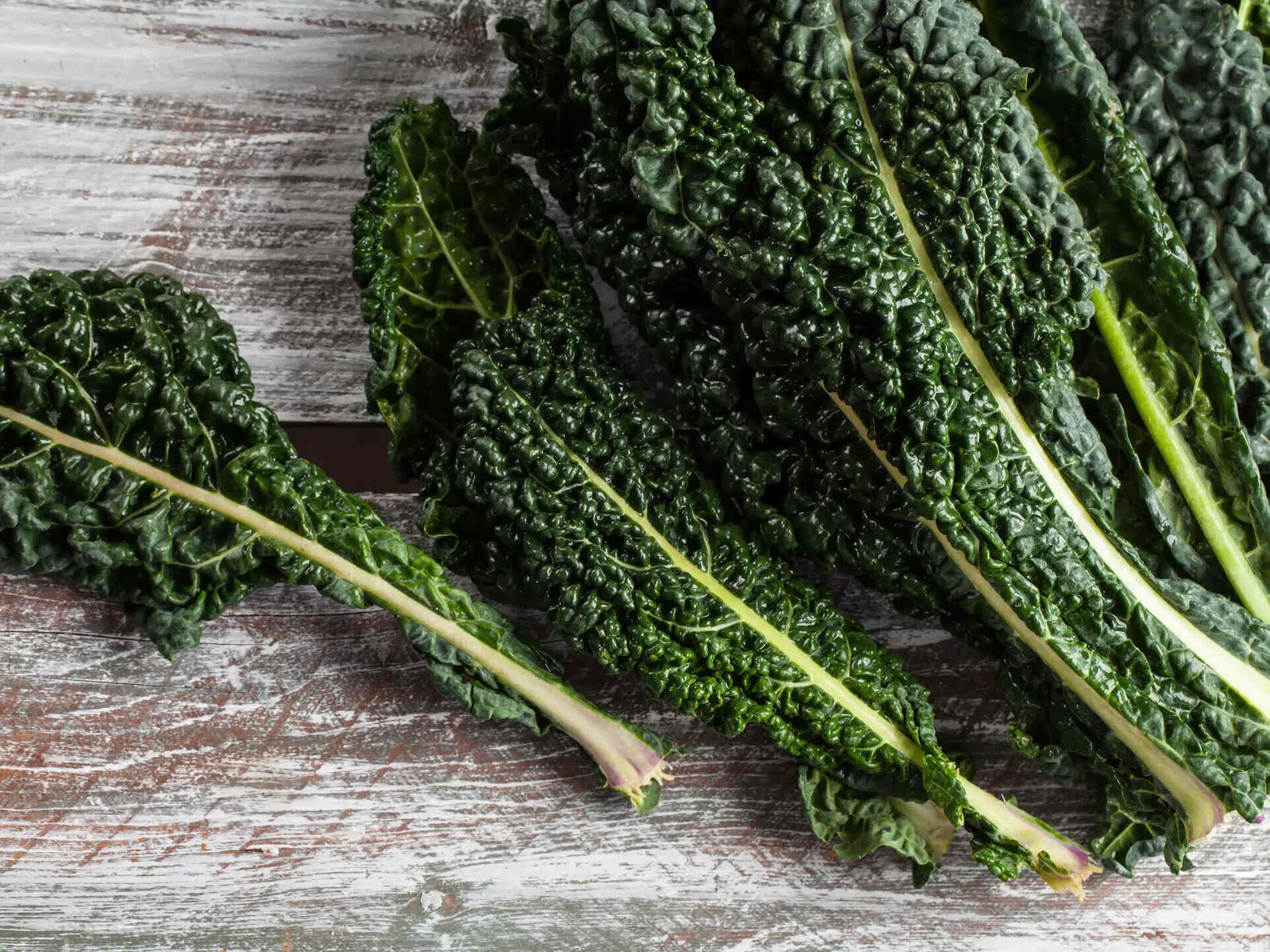
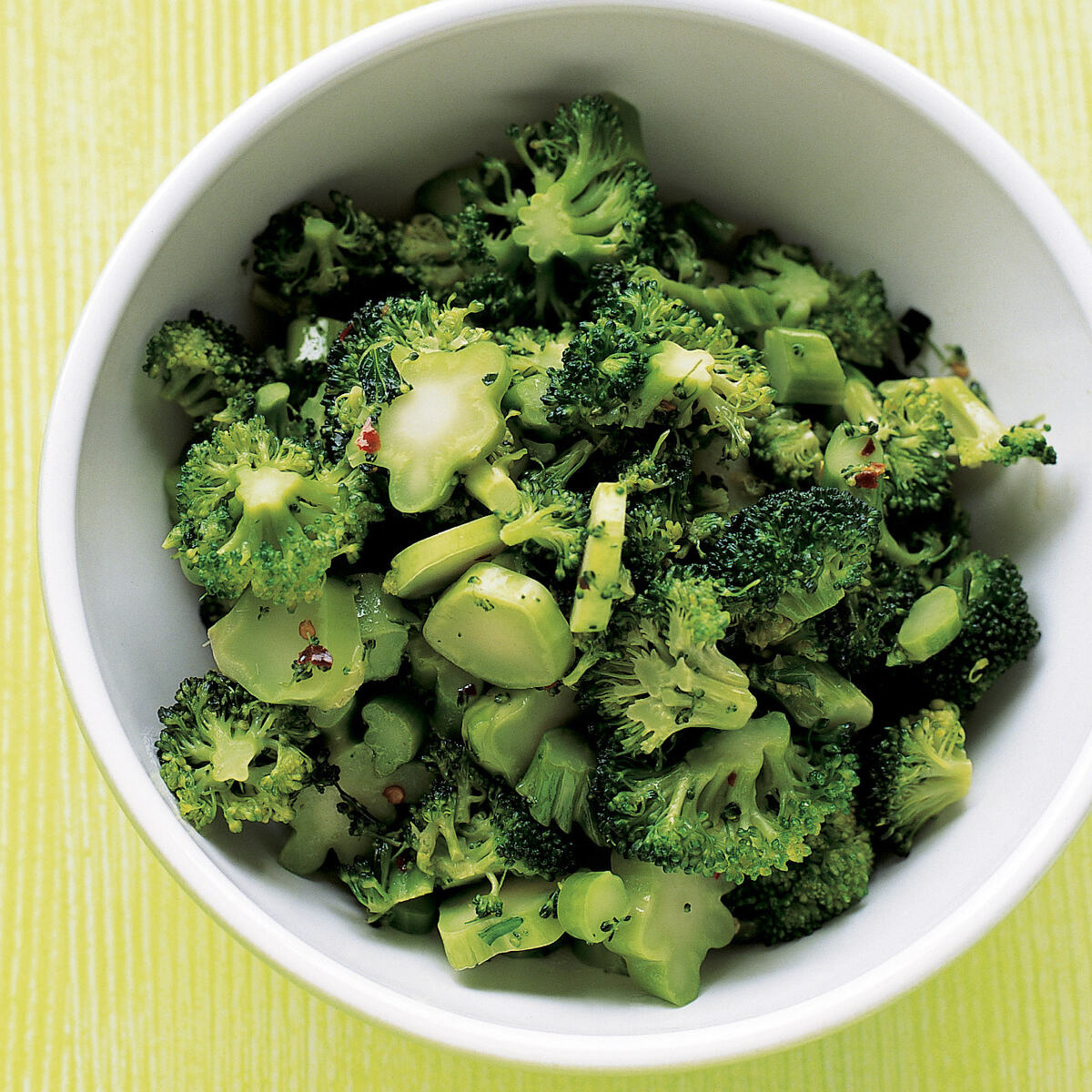
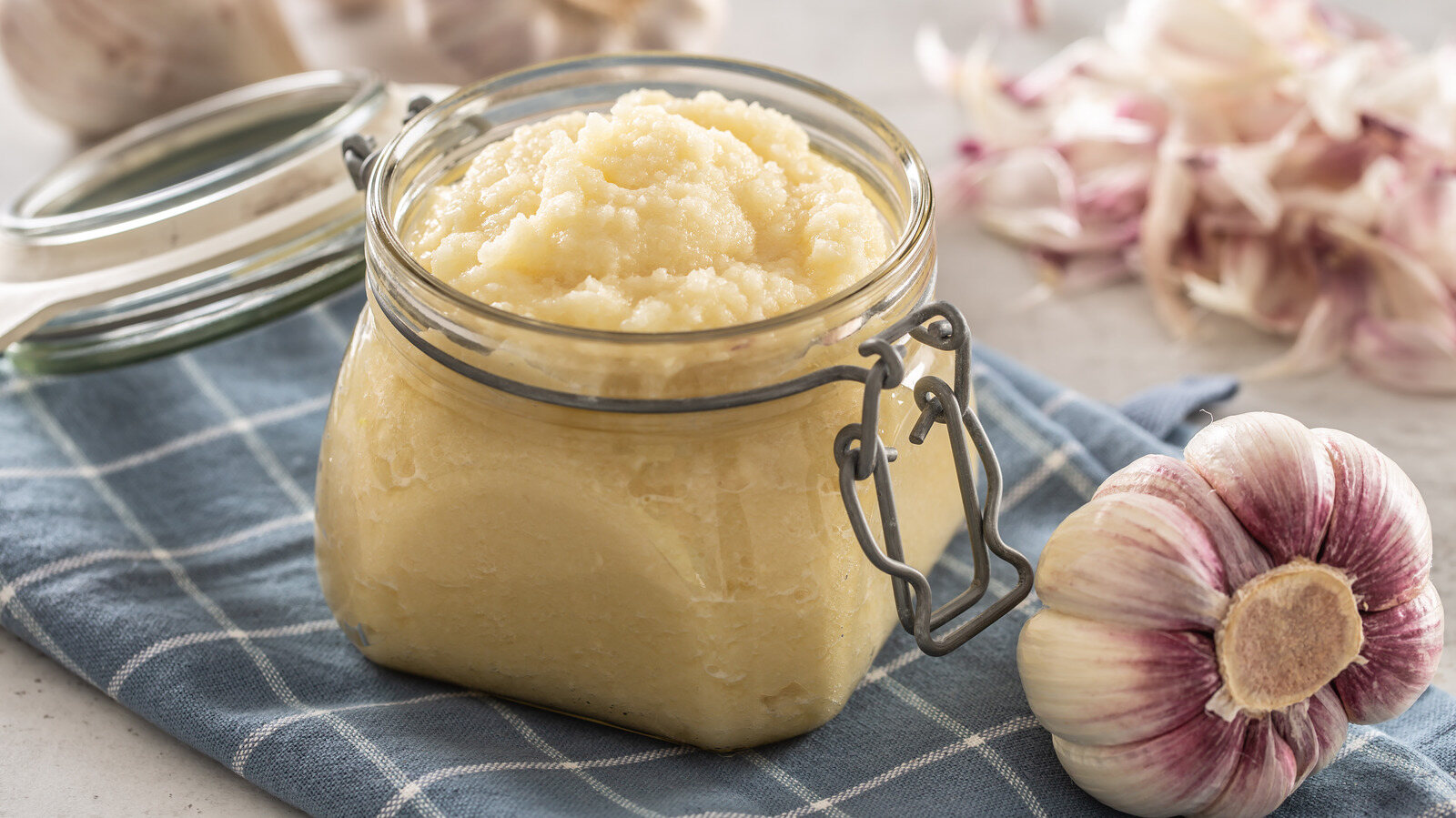
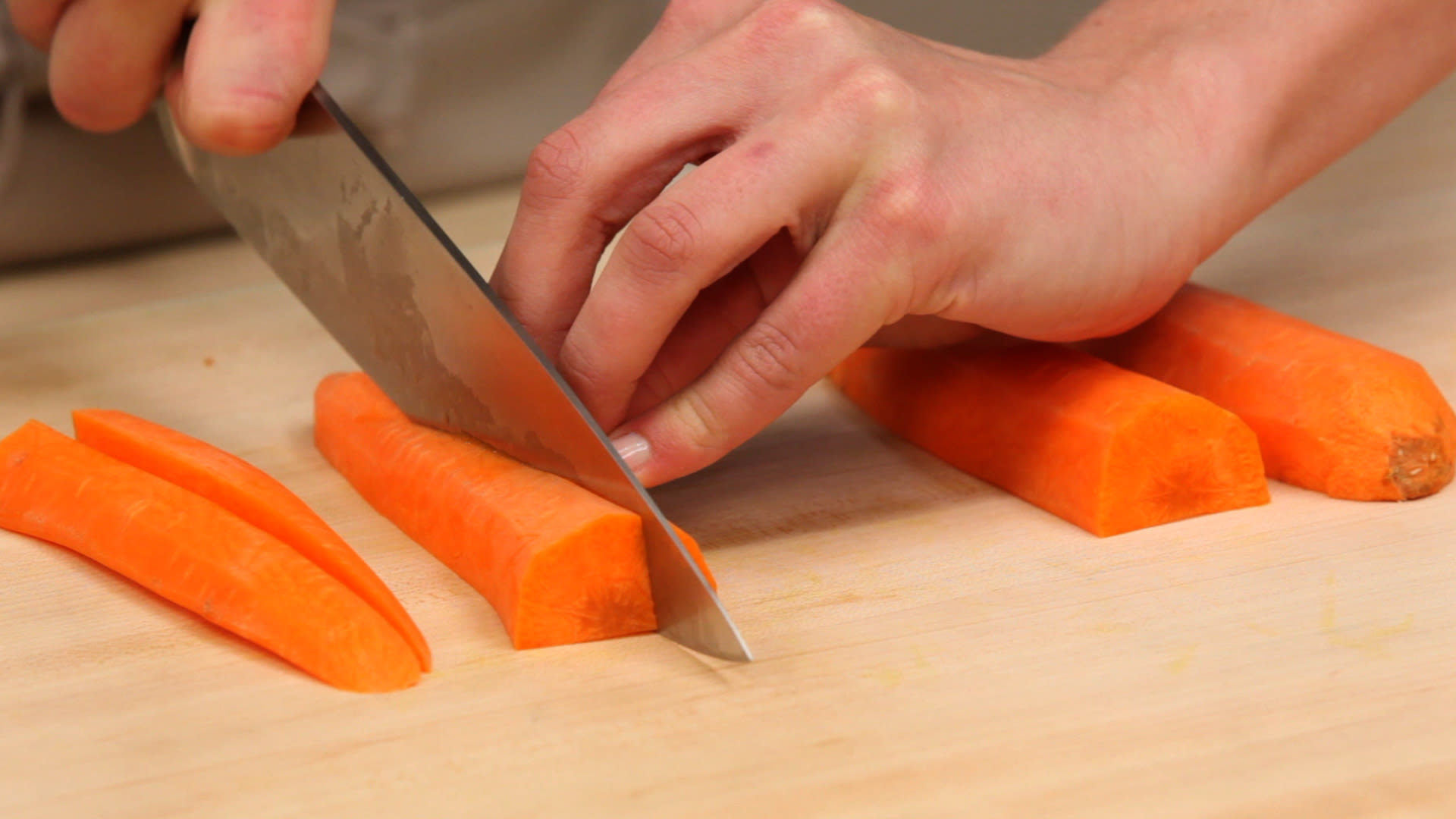
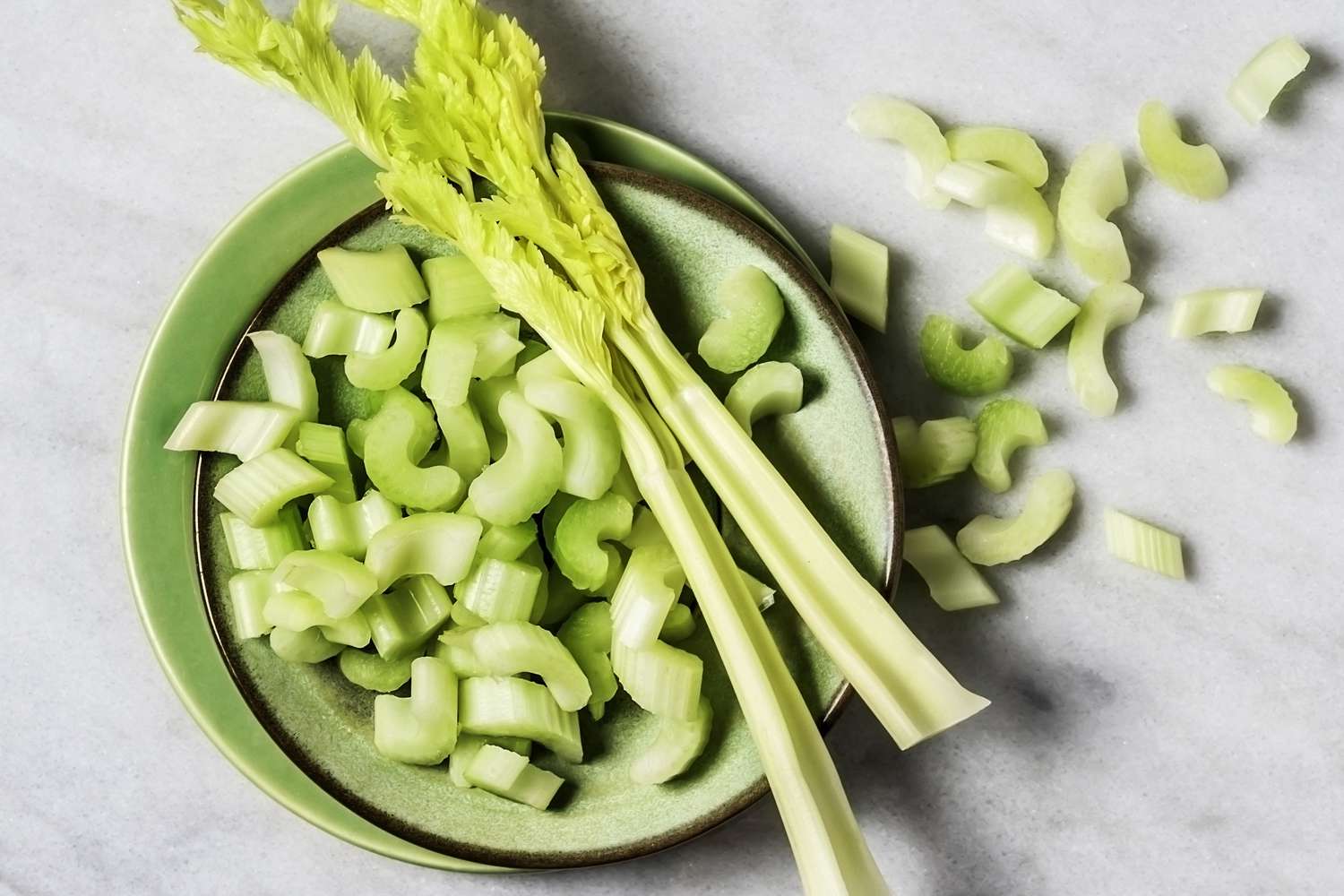
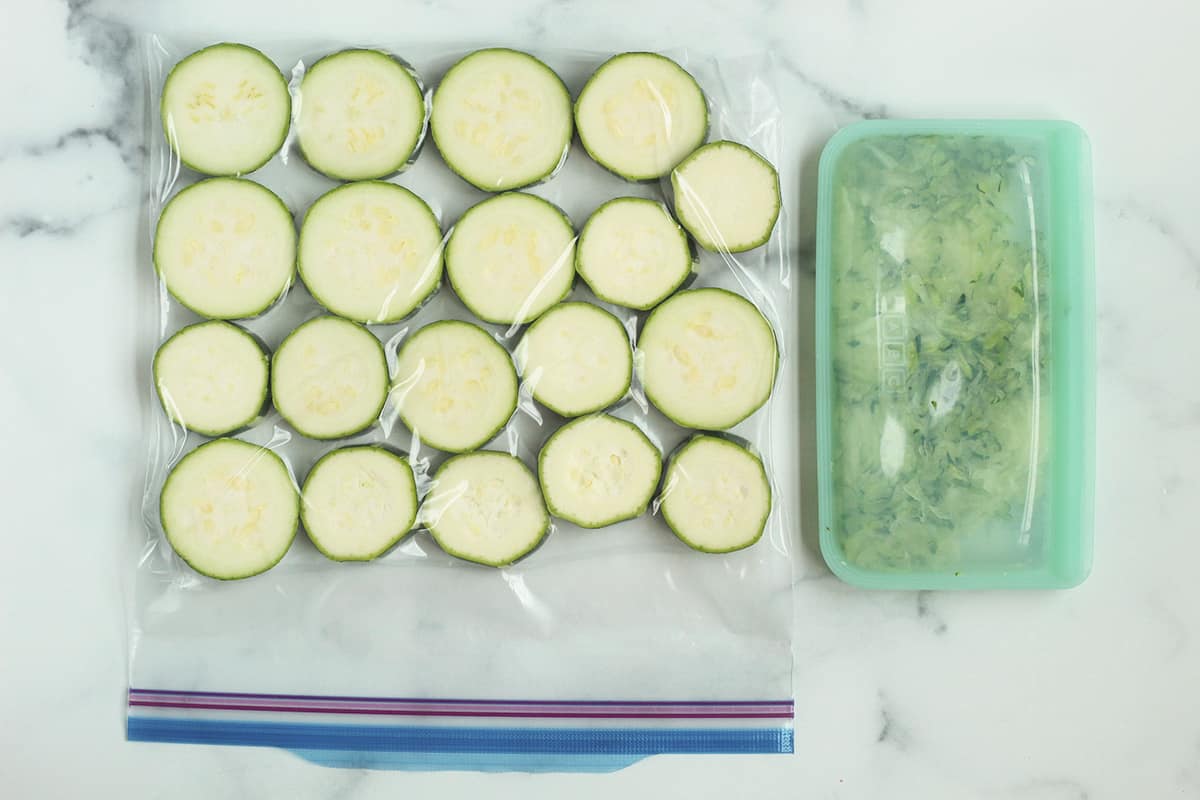
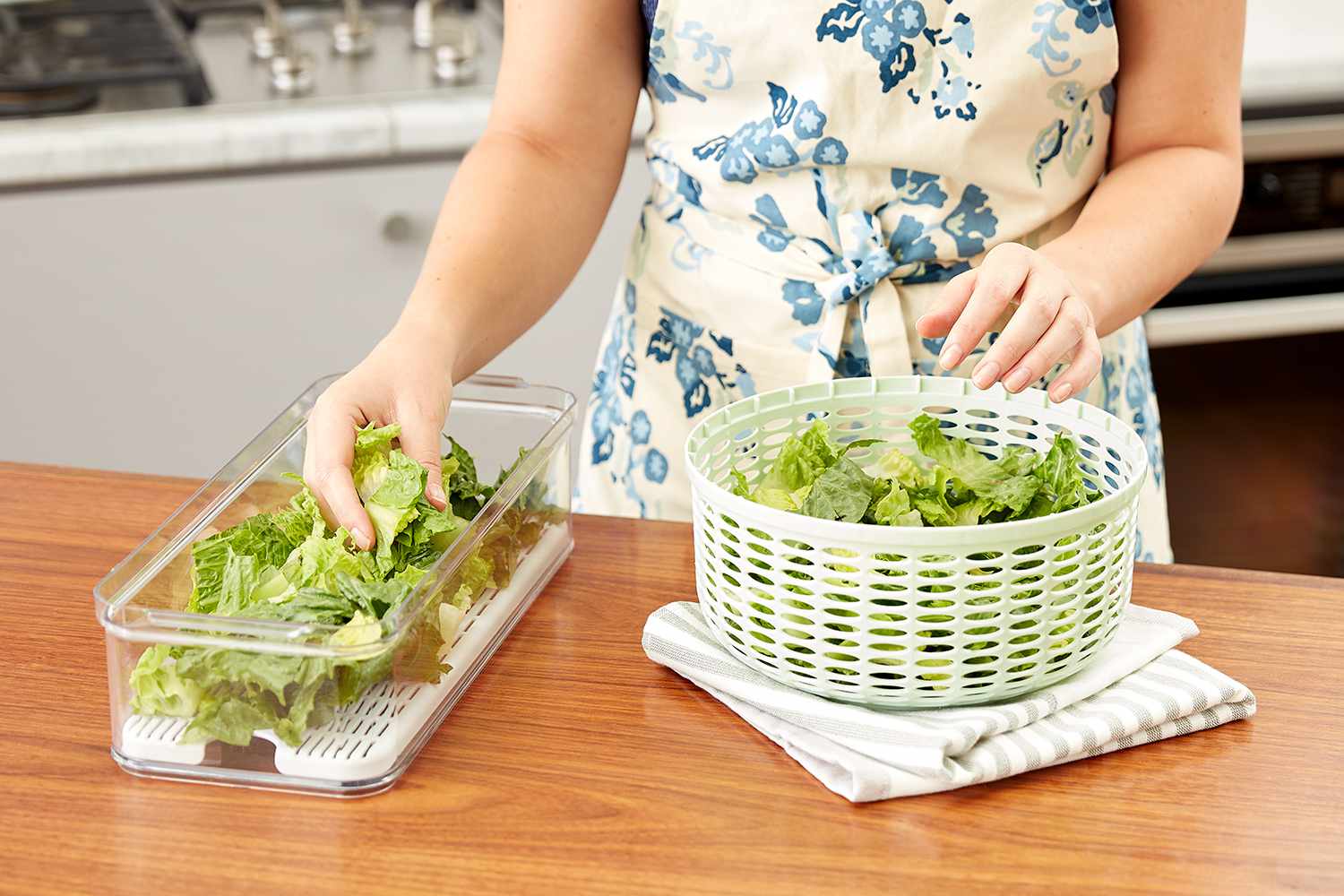

0 thoughts on “How To Store Chopped Kale”